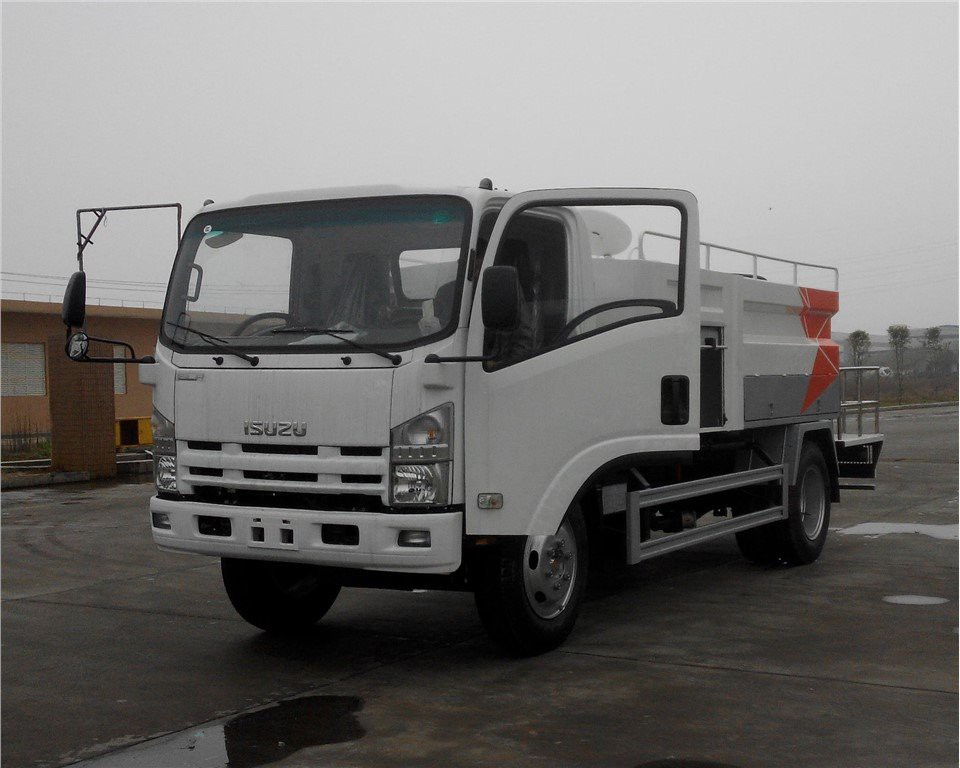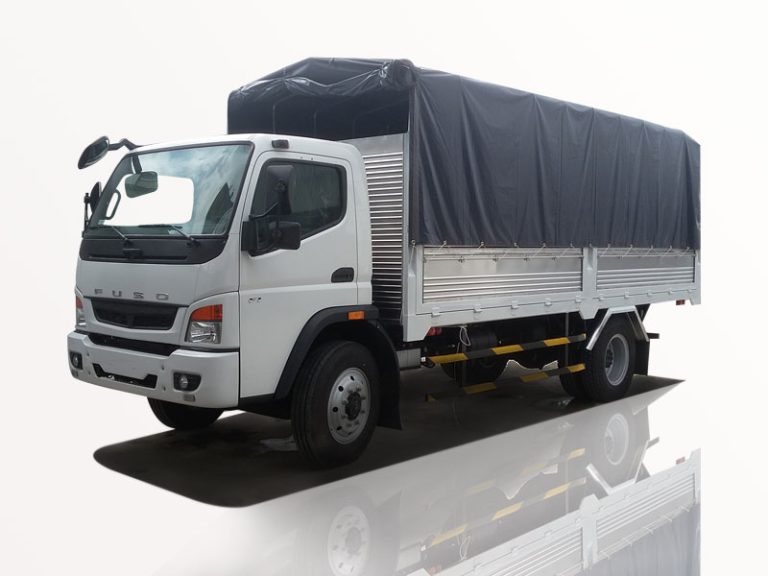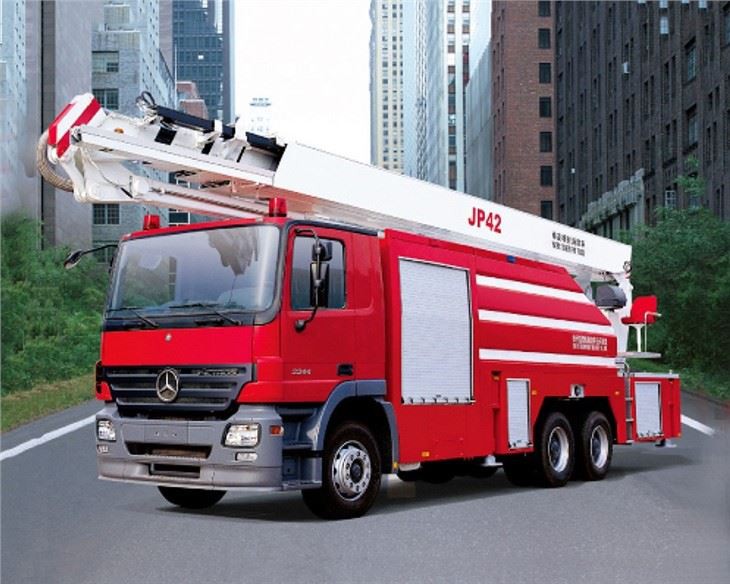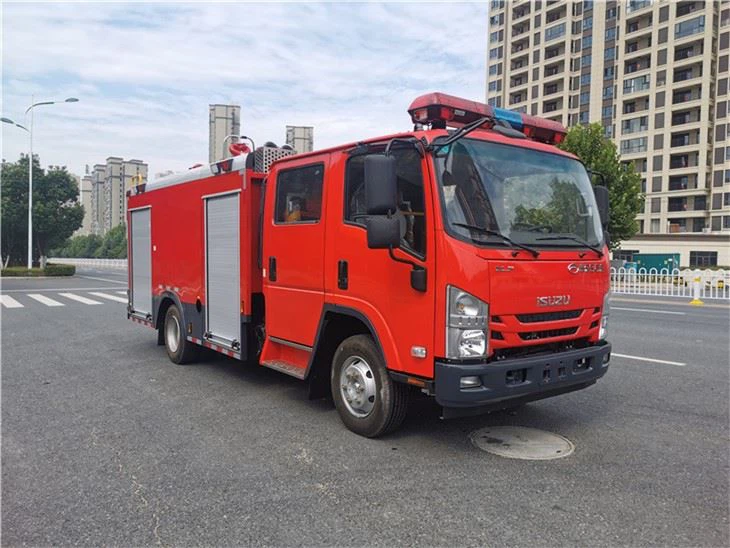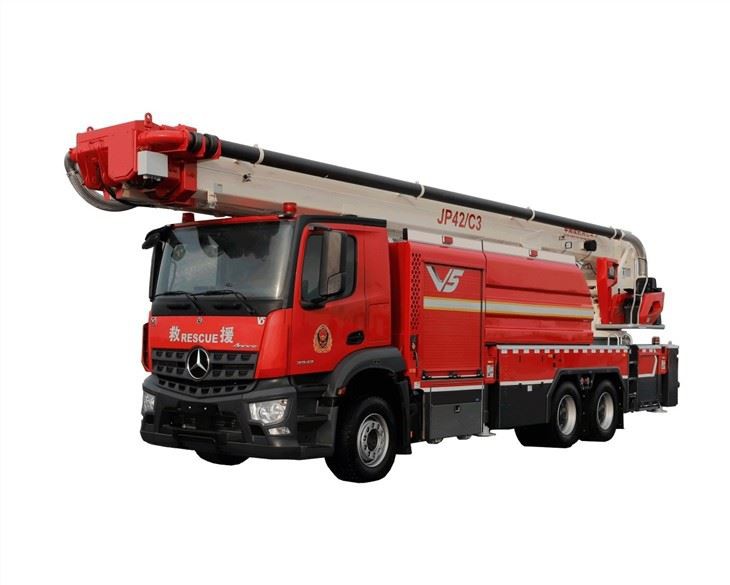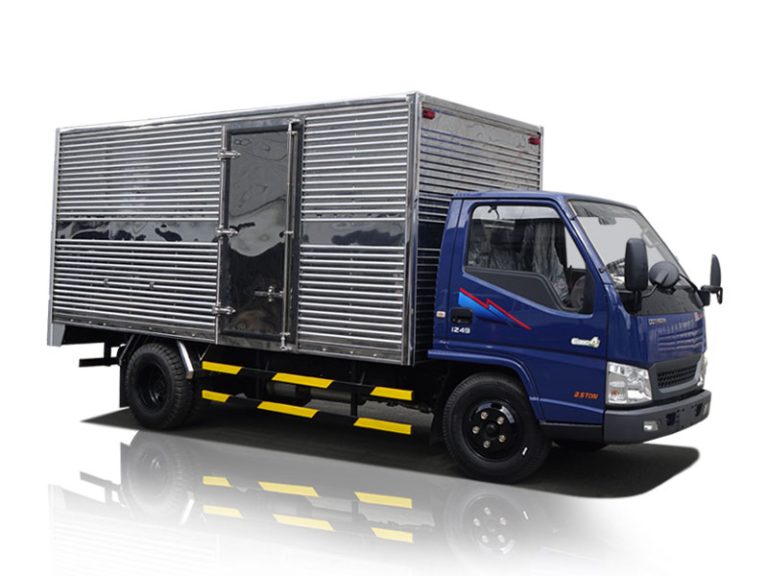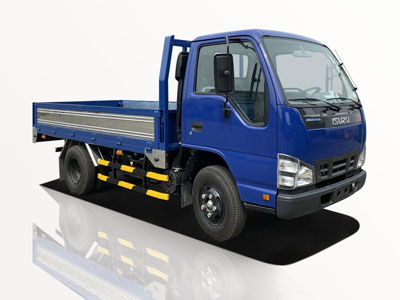Introduction
In the world of waste management and logistics, efficiency is key. One of the tools that enhance this efficiency is the hook lift container. This versatile solution offers flexibility for transporting and managing various materials, from construction debris to recyclable items. This article delves into the specifics of hook lift containers, explaining their functionality, advantages, and applications, while providing practical insights for companies and individuals considering their use.
What is a Hook Lift Container?
A hook lift container is a type of container designed to be lifted and transported using a hook lift system mounted on a truck or chassis. The system allows for easy loading and unloading of containers without the need for additional equipment, making it a cost-effective and efficient solution for managing waste and materials.
How Hook Lift Systems Work
The hook lift system consists of a hydraulic mechanism that engages with the container at its rear. Once the container is positioned, the hydraulic arm raises it into the air using a strong hook, allowing for seamless transportation. This system can be adjusted to different heights, making it adaptable to various container sizes and applications.
Types of Hook Lift Containers
- Standard Hook Lift Containers: Used for general waste and materials, available in different sizes (typically ranging from 10 to 40 yards).
- Specialty Containers: Designed for specific purposes, such as construction debris, recycling, or hazardous material transportation.
- Roll-Off Containers: Similar in function but can also be stored on-site for extended periods.
Advantages of Hook Lift Containers
Hook lift containers come with several advantages that make them an attractive option for businesses and individuals alike.
1. Versatility
Hook lift containers can be used for various materials, including waste, debris, and recyclables, allowing for adaptability in different scenarios.
2. Cost-Effective
These containers reduce the need for multiple trucks and equipment, leading to savings on operational costs and labor.
3. Easy Loading and Unloading
The quick loading and unloading process minimizes downtime, allowing companies to manage their operations more efficiently.
4. Environmental Benefits
By facilitating recycling and proper waste management, hook lift containers contribute to a more sustainable approach to handling materials.
Applications of Hook Lift Containers
Hook lift containers serve various industries, each with specific needs and applications.
1. Construction and Demolition
In construction, hook lift containers are ideal for removing debris and transporting materials efficiently, ensuring job sites remain organized and safe.
2. Waste Management
Municipalities and waste management companies utilize these containers for trash collection, recycling, and hazardous waste disposal.
3. Landscaping
Landscapers often use hook lift containers for transporting soil, rocks, and other materials required for their projects.
4. Industrial Use
Many manufacturers employ hook lift containers to manage raw materials and finished products, optimizing their supply chain processes.
Choosing the Right Hook Lift Container
Investing in the appropriate hook lift container is crucial for maximizing efficiency.
Factors to Consider
- Size: Choose a container that fits your material volume and transportation needs.
- Weight Capacity: Ensure the container can handle the weight of the materials you plan to transport.
- Material Type: Different containers are designed for specific materials, especially concerning hazardous waste.
Practical Tips for Usage
- Regularly inspect the container for damage or wear to ensure safety and compliance.
- Train personnel on safe loading and unloading practices to prevent accidents.
- Consider implementing a tracking system to monitor container usage and efficiency.
Maintaining Hook Lift Containers
To ensure the longevity and effectiveness of a hook lift container, regular maintenance is essential.
Regular Inspections
Perform routine checks for structural integrity, hydraulic systems, and any signs of rust or damage.
Cleaning and Upkeep
Keep containers clean to prevent contamination and maintain regulatory compliance, especially for those used for hazardous materials.
Service and Repairs
Engage professionals for repairs and servicing to address concerns promptly before they escalate into larger issues.
Cost Considerations
Understanding the costs associated with hook lift containers can aid in budgeting and financial planning.
Initial Investment
The cost of purchasing a hook lift container can vary widely based on size, design, and brand. Generally, expect to pay between $1,500 to $5,000 for a standard container.
Maintenance Costs
Maintenance costs will depend on the level of use and conditions. Set aside a budget for regular servicing to prevent costly repairs down the line.
Rental vs. Purchase
Consider whether renting a hook lift container may be more feasible for short-term projects, as this can save costs without the commitment of a purchase.
Regulatory Compliance and Safety Considerations
Organizations must adhere to local regulations when using hook lift containers.
Environmental Regulations
The regulations regarding waste management vary by location. Ensure compliance with local environmental laws before using hook lift containers for hazardous materials.
Safety Practices
- Conduct training on safe operation of hook lift systems.
- Adhere to weight limits to prevent accidents and overloading.
FAQs
1. What is the weight capacity of a standard hook lift container?
The weight capacity of standard hook lift containers typically ranges from 5,000 to 10,000 pounds, depending on the container size and construction.
2. Are hook lift containers suitable for hazardous materials?
Yes, but special containers designed for hazardous materials must be used, and compliance with local environmental regulations is essential.
3. Can I rent a hook lift container, or do I need to buy one?
You can rent hook lift containers for short-term projects, which can be a more budget-friendly option compared to purchasing.
4. How do I maintain a hook lift container?
Regular inspections, cleaning, and engaging professionals for repairs are essential maintenance practices for hook lift containers.
5. How do hook lift containers contribute to recycling efforts?
By facilitating the easy transportation of recyclable materials, hook lift containers help streamline the recycling process, promoting sustainability.
6. Can I customize hook lift containers for specific needs?
Yes, many manufacturers offer customization options for hook lift containers to cater to specific industry needs or material types.
